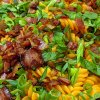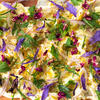

Can Lunch Meat *Actually* Be Healthy? A Veteran Butcher Weighs I…

Q&A with Organizational Pro Peter Walsh + Dermatologist Shares A…

Actor Hank Azaria + Freezer Meals + Artichokes 2 Ways with Rach

See Inside Barbara Corcoran's Stunning NY Apartment + It's Steak…

How to Make Chicken and Lobster Piccata | Richard Blais

Donnie Wahlberg Spills Details About NKOTB's First Ever Conventi…

Donnie Wahlberg + Jenny McCarthy Say Rach Is Such a "Joy" + Look…

The Best Moments From 17 Seasons of the Show Will Make You Laugh…
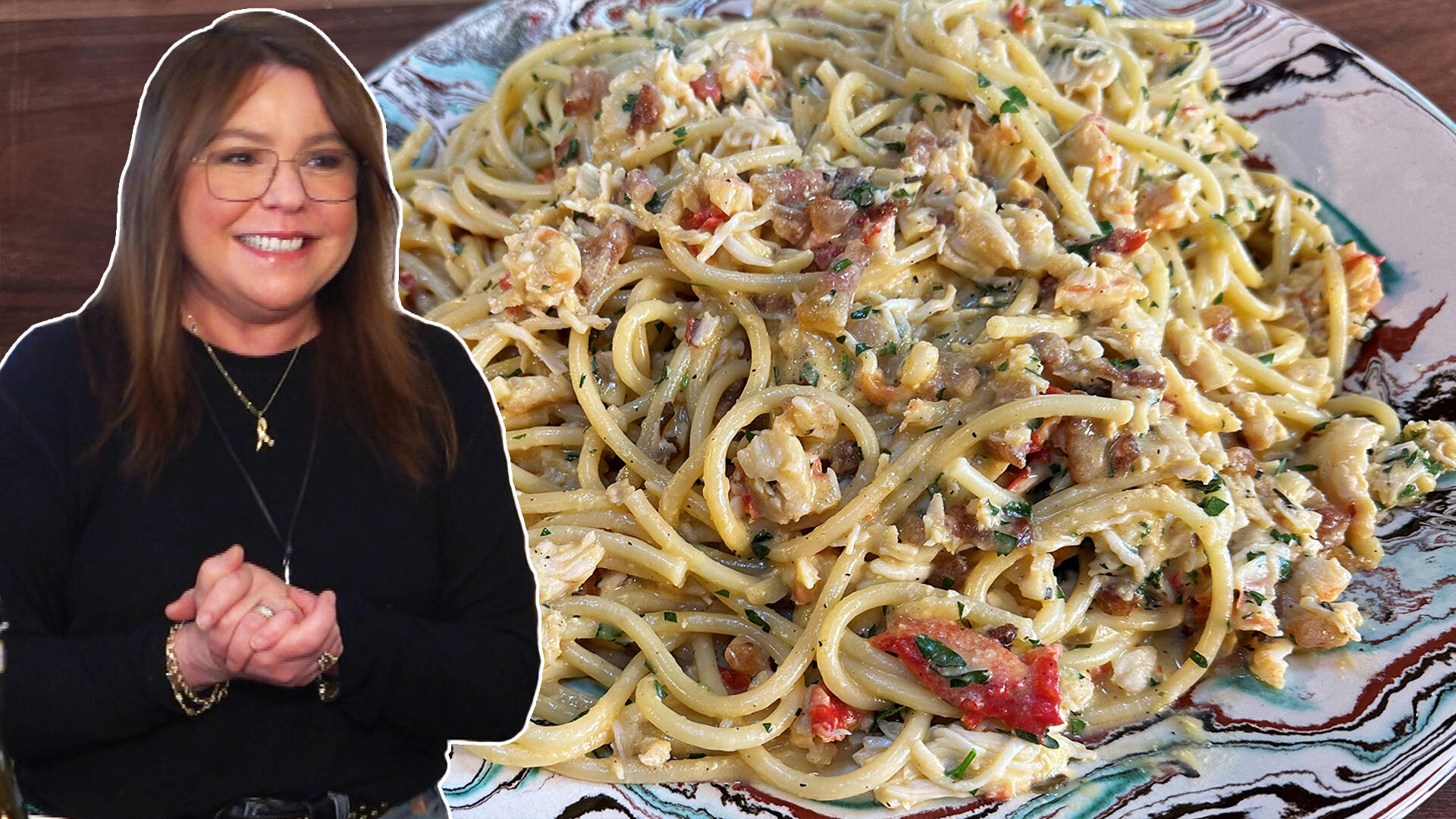
How to Make Crabby Carbonara | Rachael Ray
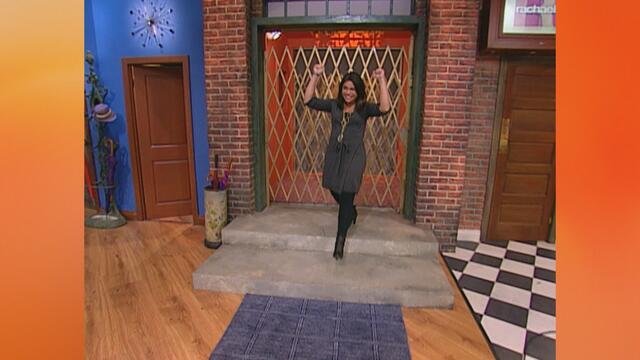
Rach Chats "Firsts" In Flashback From Our First Episode Ever In …
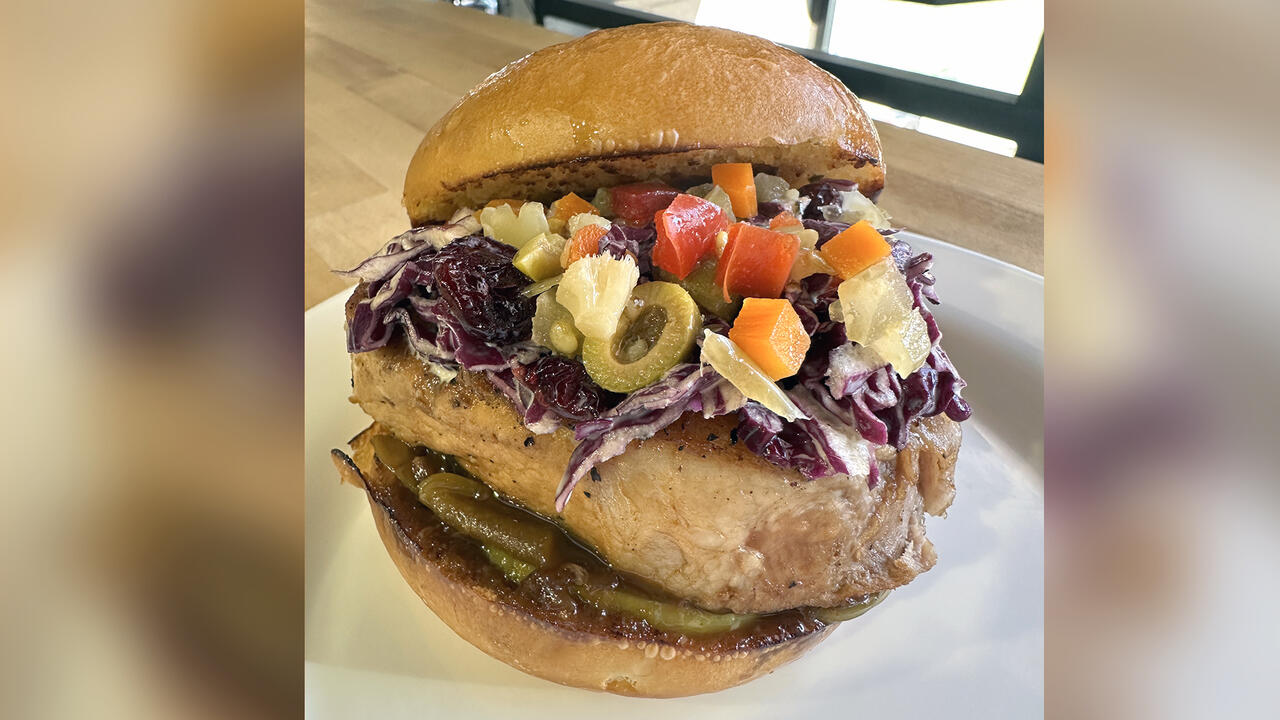
How to Make Apple-Cider Braised Pork Chop Sandwiches with Onion …

Rach's Chef Pals Say Goodbye to Show in Surprise Video Message
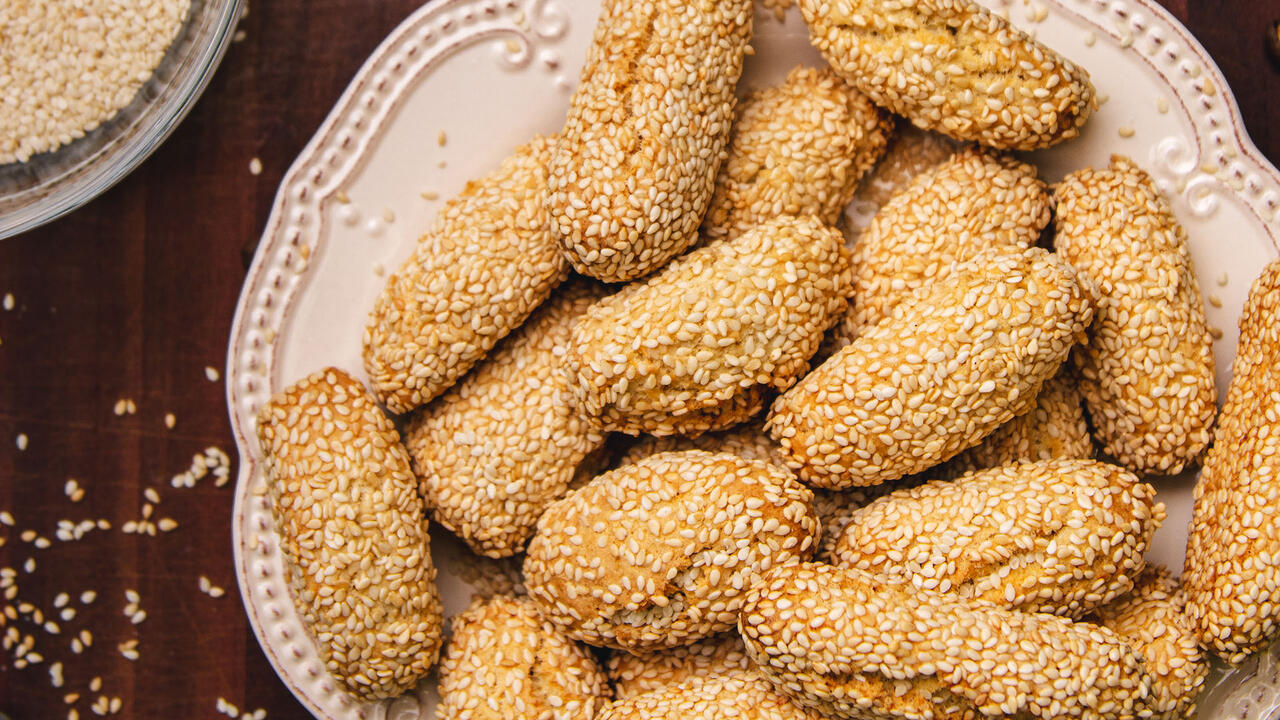
How to Make Sesame Cookies | Buddy Valastro

How to Make Tortilla with Potatoes, Piquillo Peppers and Mancheg…
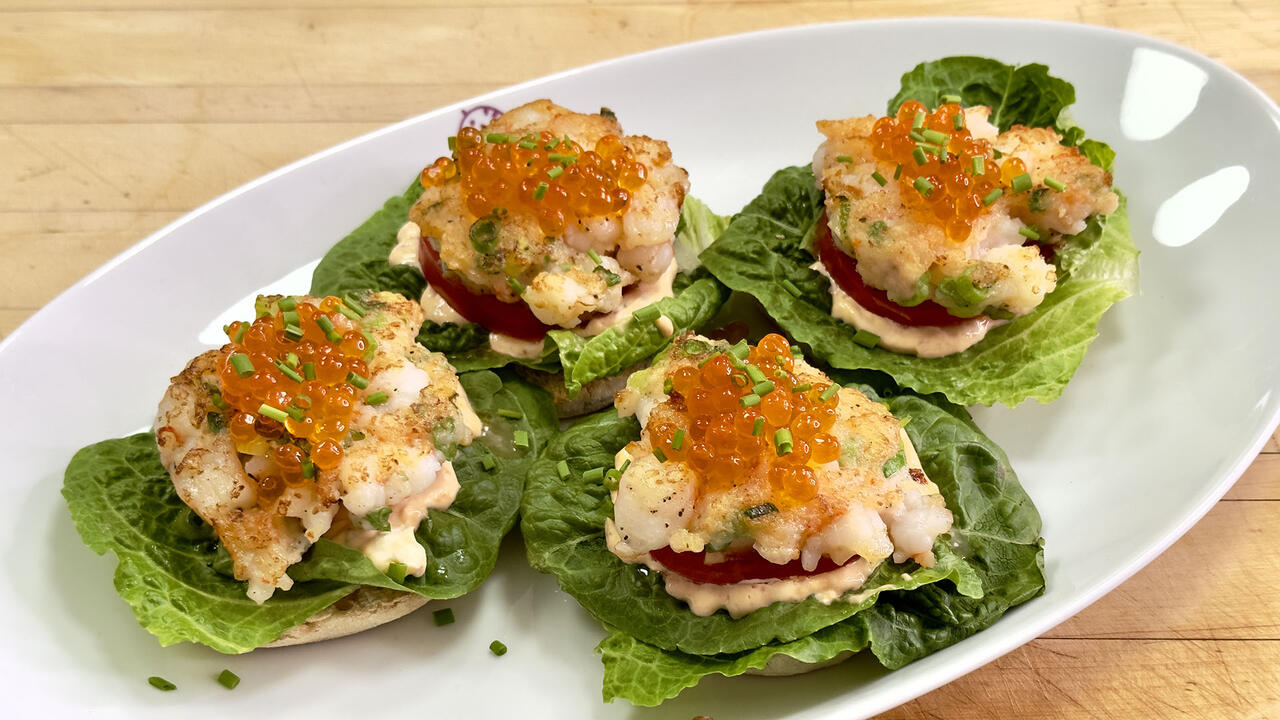
How to Make Shrimp Burgers | Jacques Pepin
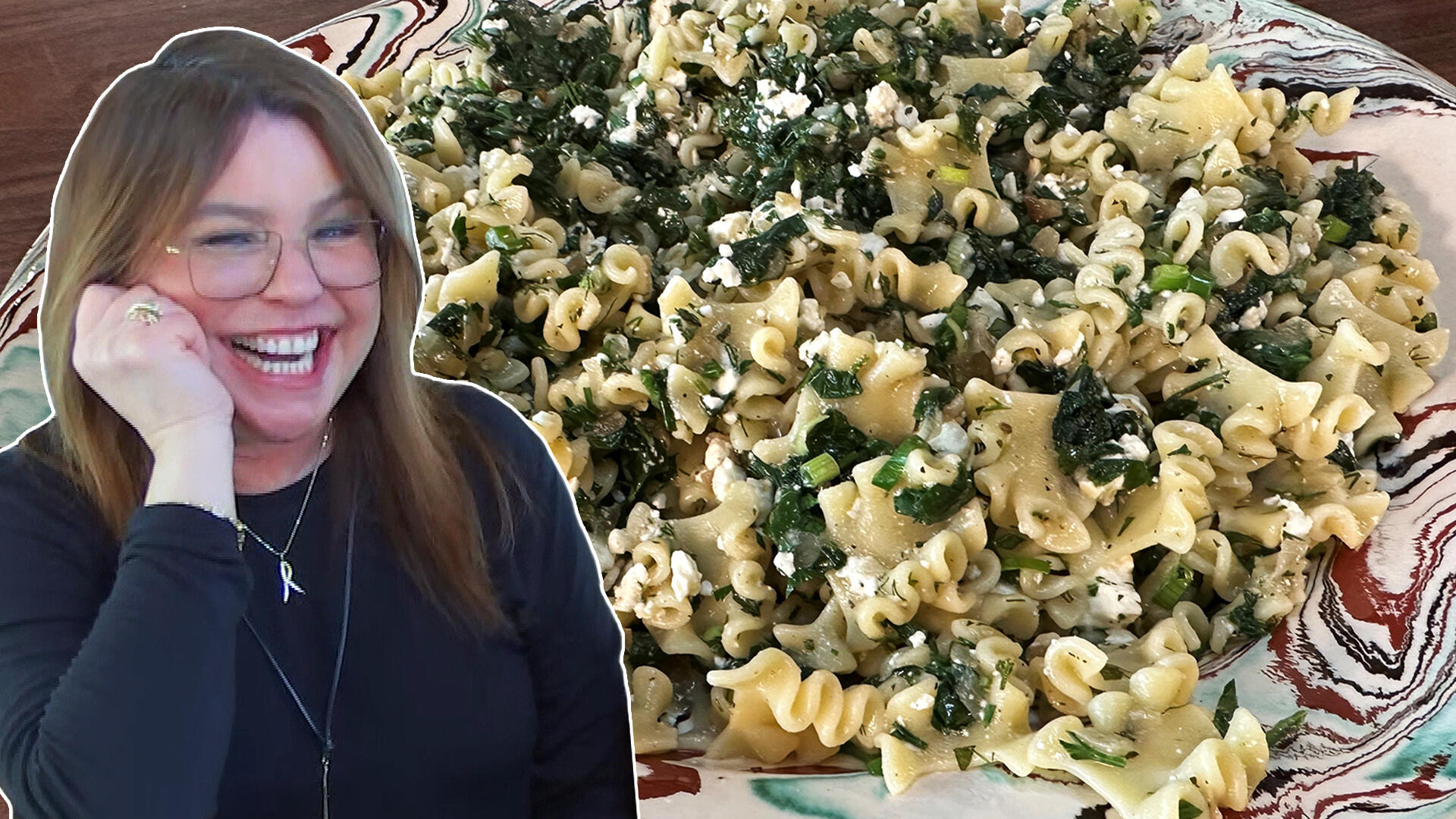
How to Make Spanakopipasta | Rachael Ray

Andrew McCarthy Chokes Up Discussing Emotional Trip to Spain wit…

Celebrity Guests Send Farewell Messages After 17 Seasons of the …

Celebrity Guests Send Farewell Messages After 17 Seasons of the …

Andrew McCarthy Teases Upcoming "Brat Pack" Reunion Special

Michelle Obama Toasts Rach's 17 Years on the Air With a Heartfel…
Sure, lunch meat is convenient when you're planning meals for a family on a budget, but you should always be taking a closer look at what you're buying.
For starters, our show's resident butcher and author of "The Everyday Meat Guide," Ray Venezia, explains that there are two types of cold cuts: fresh-roasted and cured.
Essentially, Venezia says, fresh-roasted means you're getting a fresh piece of meat with fresh seasoning that's roasted right in the store.
RELATED: You Should Be Asking Your Supermarket Butcher These Questions
As for cured meats, he explains, "Curing is just using salt [as] a preservative and to add flavor, mostly done with sodium nitrate."
In fact, the butcher notes that cured meats could have almost 400 times more salt content than fresh-roasted meats.
Yikes! ?
Watch the video above to see Venezia show how the two types compare to the naked eye.
(Spoiler: Cured meats tend to look more uniform. Plus, Venezia says nitrates gives lunch meat a pink color.)
And contrary to what you might think, not all pre-packaged cuts are created equal!
According to Venezia, you *can* buy pre-packaged fresh-roasted cuts at certain stores.
Just pay attention to labels -- both behind the counter and not!
RELATED: Ray the Butcher's Tips for Buying, Storing & Preparing Meat
"All the information is there," Venezia says.
"Even the big piece comes to the stores with labeling on it," he continues of the pieces sitting behind the deli counter. "So just like talking to your butcher, talk to the deli associate."
(Spoiler: Look for "no nitrate or nitrite added" on labels!)
Oh, and don’t be fooled by "all-natural" labels, either.
"People see 'all-natural' and think ‘that’s great,'" Venezia explains.
BUT he notes that cold cuts could be labeled “all-natural” and still contain something called "cultured celery extract," which is a natural form of sodium nitrate.

